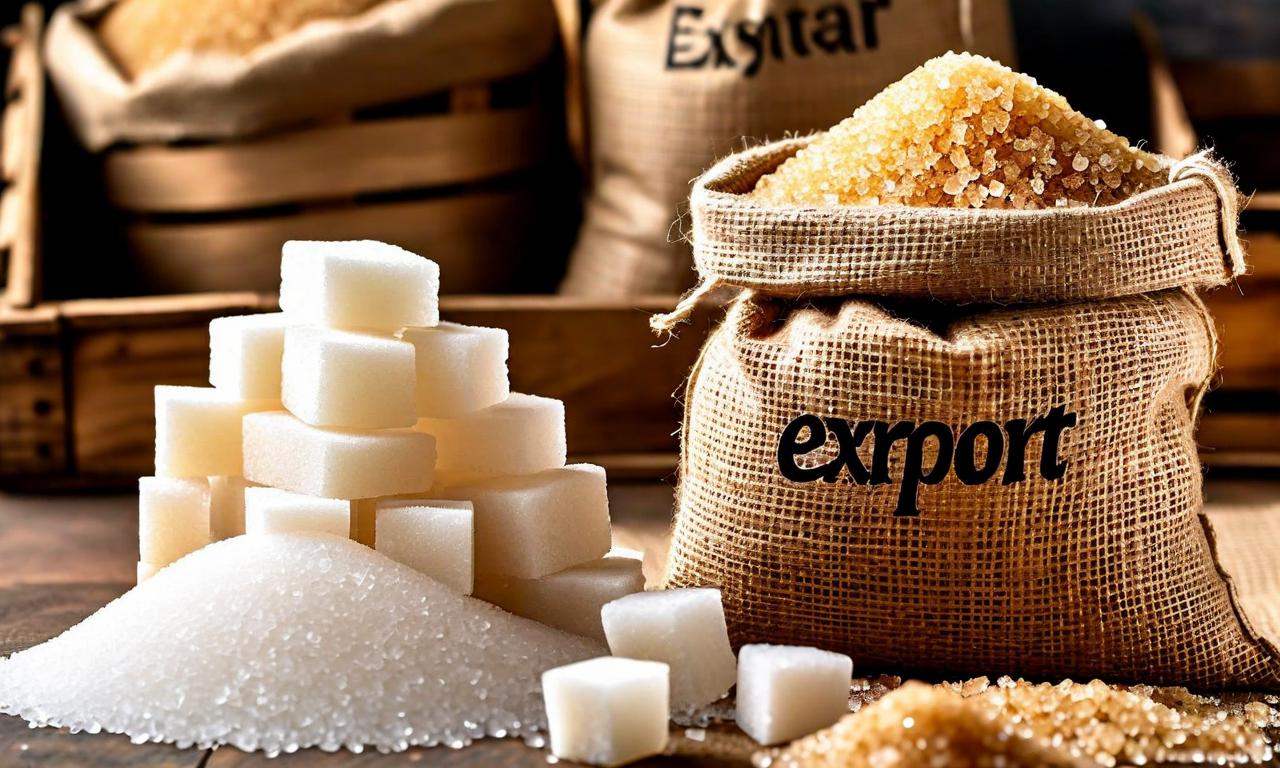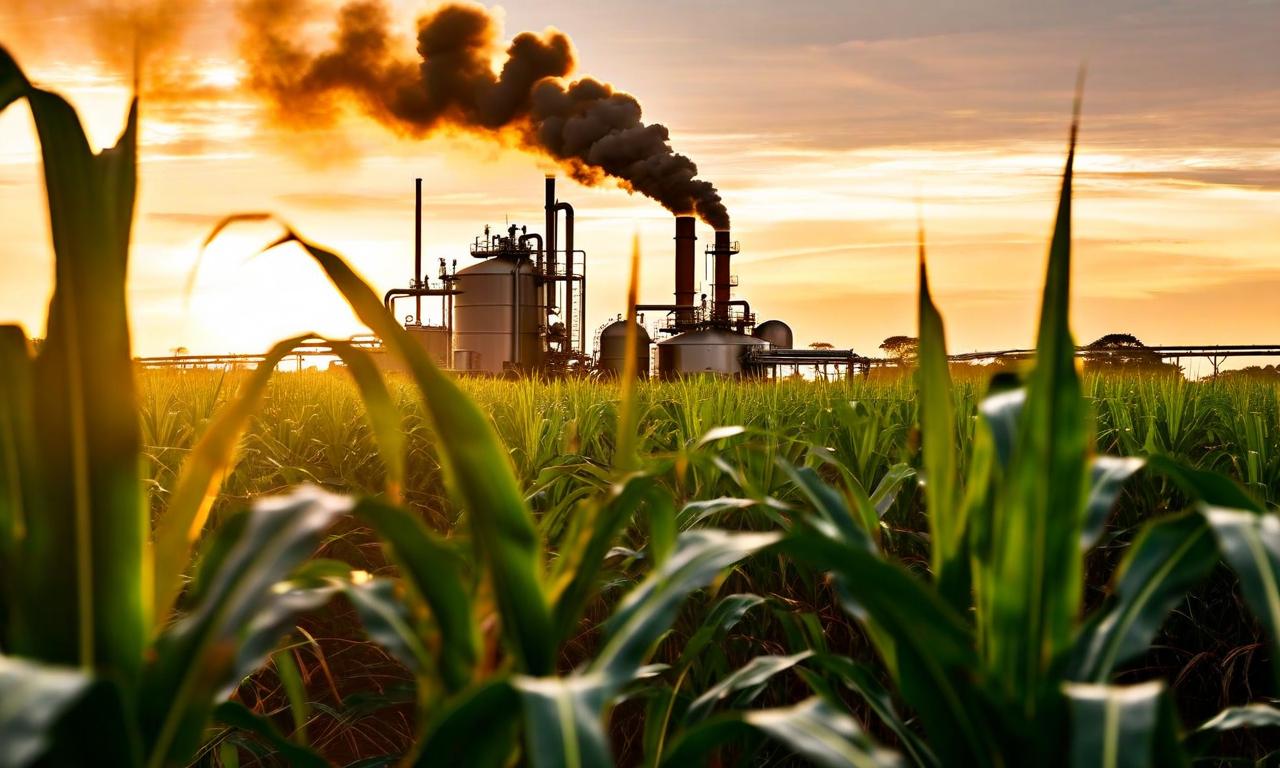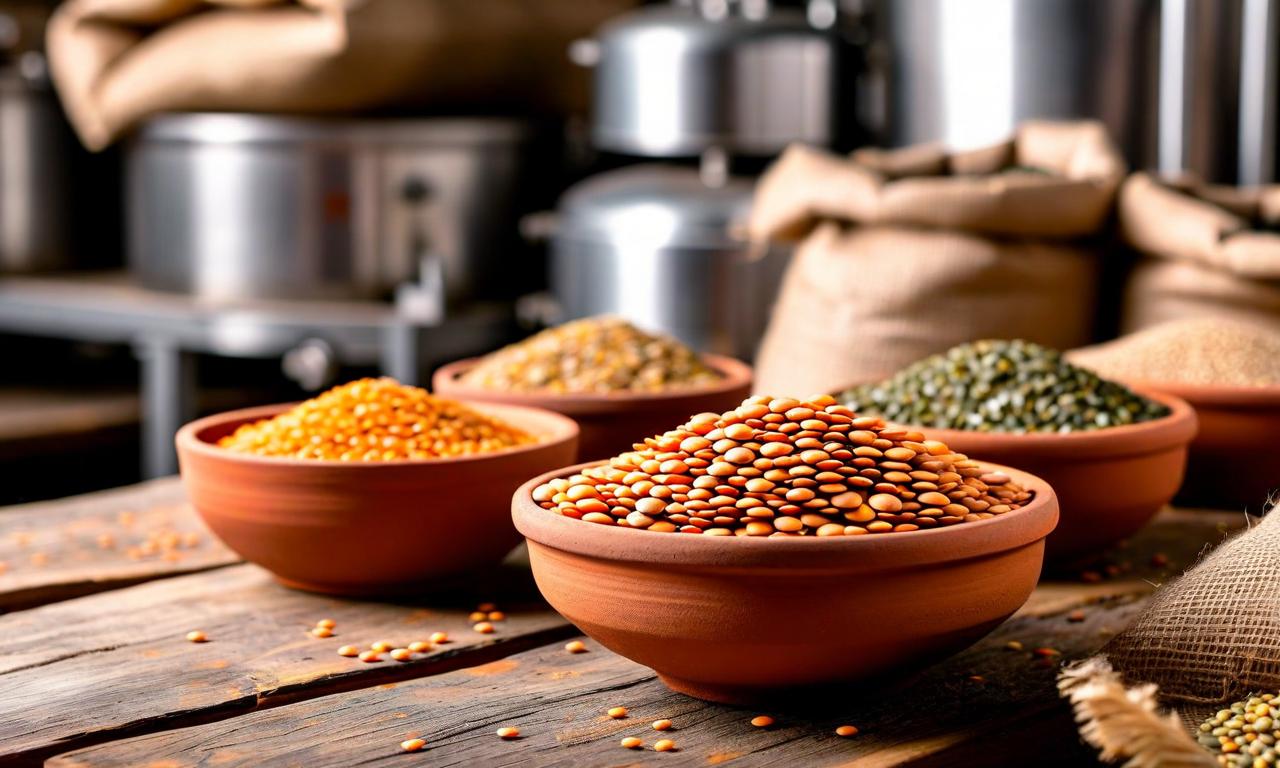India's Sugar Exports Hit 7.75 Lakh Tonnes in 2024-25 Season
India exported 7.75 lakh tonnes of sugar in the 2024-25 marketing season, as reported by AISTA. The exports included 6.13 lakh tonnes of white sugar, 1.04 lakh tonnes of refined sugar, and 0.33 lakh tonnes of raw sugar. Top export destinations were Djibouti, Somalia, Sri Lanka, and Afghanistan. AISTA has requested the government to announce export quotas for the 2025-26 marketing year by November 2025, maintaining the allocation policy used in 2024-25.

*this image is generated using AI for illustrative purposes only.
India's sugar industry has demonstrated significant export performance in the 2024-25 marketing season, according to recent data from the All India Sugar Trade Association (AISTA). The country exported 7.75 lakh tonnes of sugar during the season that concluded in September, showcasing its strong position in the global sugar market.
Export Composition and Destinations
The sugar exports for the 2024-25 season comprised a diverse range of products:
| Sugar Type | Quantity (Lakh Tonnes) |
|---|---|
| White Sugar | 6.13 |
| Refined Sugar | 1.04 |
| Raw Sugar | 0.33 |
India's sugar found its way to various international markets, with the top destinations being:
| Country | Quantity (Lakh Tonnes) |
|---|---|
| Djibouti | 1.46 |
| Somalia | 1.35 |
| Sri Lanka | 1.34 |
| Afghanistan | 0.76 |
Government Policy and Industry Request
The Indian government had set an export quota of 10 lakh tonnes for the season, commencing from January 20, 2025. While the actual exports fell short of this limit, they still represent a substantial volume in the international sugar trade.
Looking ahead, AISTA has proactively engaged with the government, requesting the announcement of export quotas for the upcoming 2025-26 marketing year by November 2025. The association has also advocated for maintaining the allocation policy used in the 2024-25 season, suggesting a desire for consistency in the regulatory framework governing sugar exports.
Industry Implications
The export figures highlight India's significant role in the global sugar market. The diversity in export products—ranging from white to raw sugar—indicates the industry's capability to cater to various international market demands. The strong exports to countries like Djibouti, Somalia, and Sri Lanka also underscore India's strategic trade relationships in the region.
As the industry looks towards the next marketing year, the timely announcement of export quotas, as requested by AISTA, could provide clarity and help sugar producers plan their production and sales strategies effectively. The continued focus on exports suggests that the Indian sugar industry is positioning itself as a reliable global supplier, balancing domestic needs with international market opportunities.
Conclusion
India's sugar exports of 7.75 lakh tonnes in the 2024-25 season reflect the industry's robust performance and its growing importance in the global sugar trade. As stakeholders await policy decisions for the upcoming season, the sector's ability to meet export quotas while satisfying domestic demand will be crucial in shaping its future trajectory in the international market.





























